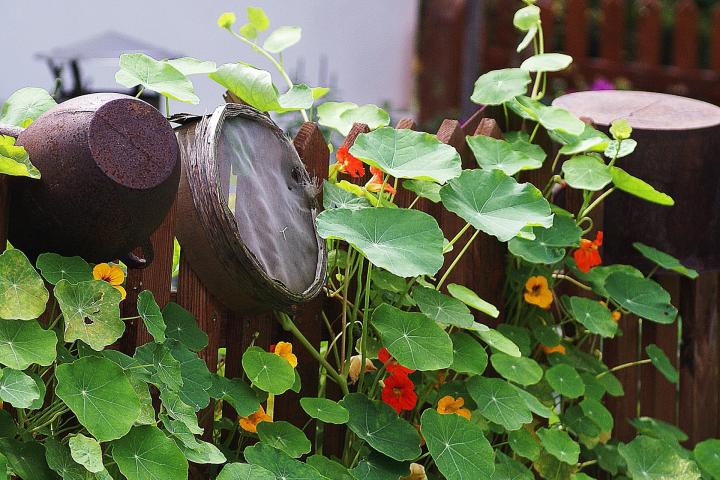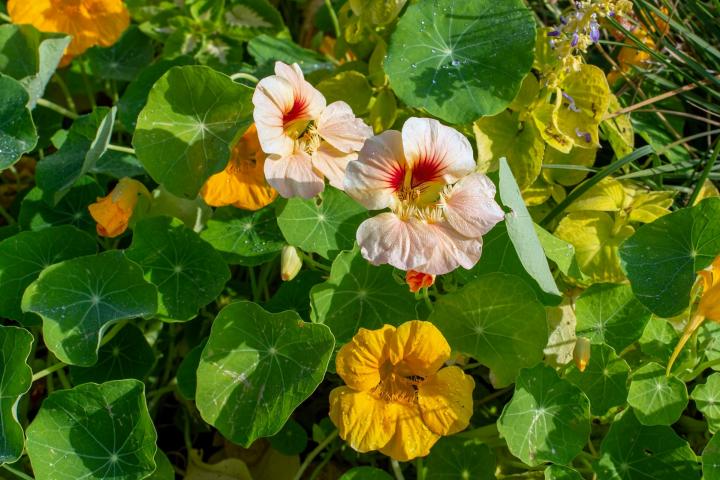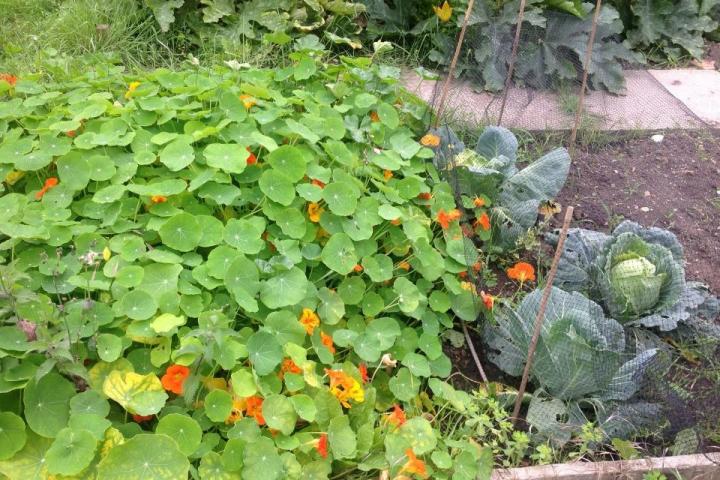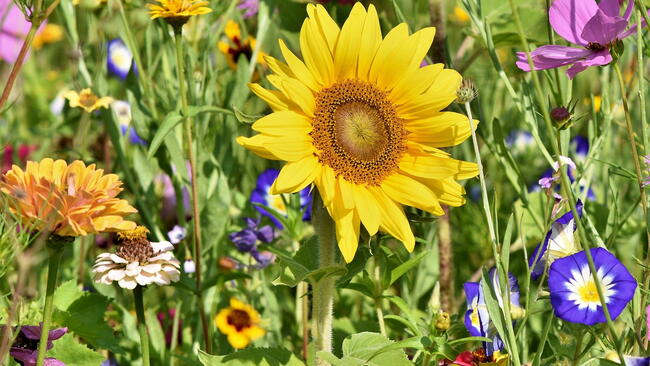
How to Plant, Grow, and Care for Nasturtiums
Leaves, flowers, and immature seedpods are edible and make for a beautiful garnish on any summer meal! The seedpods may also be pickled.
ADVERTISEMENT
I would like to order seeds for edible flowers as described in this news letter. Do you sell them?
Who do you recommend? I live in Greenwich, NY zipcode 12834
Thanks
Hi Iris,
I live in nearby in Speigletown N.Y. and found nasturtium seed packets for sale a few years ago at the Potter Hill Barn off route 7 Hoosick Falls. Their phone number is 518 686-7777.
Once you have established plants, in the fall harvest the chick pea size seeds, and dry them. You should have more than enough for next year and should never have to buy seeds again.
We do not currently sell nasturtium seeds, but we do have a number of other (non-edible) flower seeds available in our online store.
hi, i live in San Francisco and my vines were really full and green early spring but now the vines are turning yellow and shriveling up and the flowers are dying off. i have nasturtiams in two other beds (those beds appear ok for now) and crawling up an ugly cyclone fence. we are in a drought but my neighborhood is in the constant SF fog and wind. they get good sun in the day when its out. do you have any idea what is causing them to die off? will i loose all my beds? (they are a great cover on the cyclone fence and would hate to loose that plus they grow alot faster than jasmine) please advise. Thanks! -eddie
They are annuals. They die off every year although they will probably reseed themselves












Comments